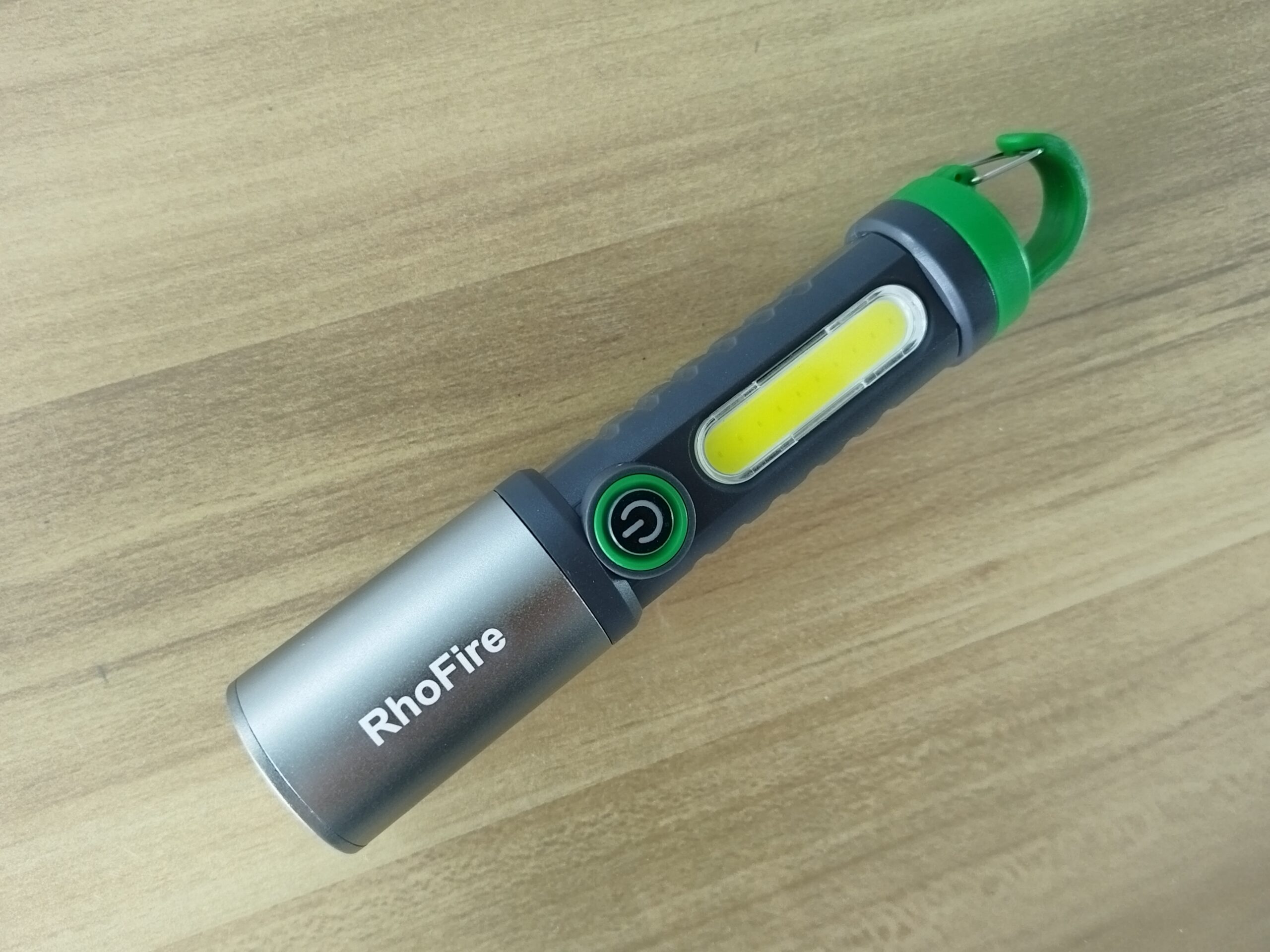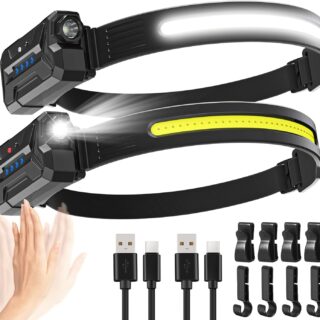
Flashlights are essential tools in a variety of situations, from everyday use at home to outdoor adventures, emergency preparedness, and professional applications. With so many options available, choosing the right flashlight can be overwhelming. This guide will walk you through the key factors to consider when selecting the perfect flashlight for your needs.
1. Understanding Lumens: How Bright Do You Need It?
Lumens are the standard measure of a flashlight’s brightness. The higher the lumens, the brighter the light. For general household use, a flashlight with 100-300 lumens is usually sufficient. However, for outdoor activities like camping, hiking, or search and rescue, you might need something more powerful, in the range of 500-1000 lumens or more. It’s important to balance brightness with battery life to ensure your flashlight meets your needs without draining power too quickly.
2. Battery Type and Life: Powering Your Flashlight
The type of battery your flashlight uses can significantly impact its performance and convenience. Common battery types include disposable alkaline batteries (like AA or AAA) and rechargeable lithium-ion batteries. Rechargeable flashlights are becoming increasingly popular due to their cost-effectiveness and environmental benefits. Look for flashlights with multiple power settings to conserve battery life when full brightness isn’t necessary. Additionally, consider how long the flashlight can run on a single charge or set of batteries, especially for extended use.
3. Beam Type and Distance: Flood vs. Spot
Flashlights generally offer three types of beams: flood, spot, or a combination of both. A flood beam casts a wide, even light ideal for illuminating close-up areas, while a spot beam focuses light into a narrow, intense beam for long-distance viewing. Some flashlights allow you to adjust between flood and spot beams, giving you greater versatility depending on your needs. Consider the beam distance, which indicates how far the light can reach, especially if you need to see long distances in outdoor settings.
4. Durability and Build Quality: Built to Last
When choosing a flashlight, durability is a key factor, particularly if you plan to use it in harsh conditions. Look for flashlights made from tough materials like aircraft-grade aluminum, which is both lightweight and resistant to impact and corrosion. Many high-quality flashlights also come with rubberized coatings for added grip and shock resistance. Additionally, consider the flashlight’s water resistance. An IPX4 rating means it can handle splashes, while an IPX7 or higher rating indicates it can be submerged in water for a certain period.
5. Size and Portability: Finding the Right Fit
Flashlights come in a wide range of sizes, from compact keychain lights to large, high-powered models. The size you choose depends on your intended use. For everyday carry (EDC), a small, lightweight flashlight that easily fits in your pocket or on a keychain is ideal. For outdoor adventures or professional use, a larger flashlight with a more powerful beam and longer battery life may be more appropriate. Make sure the flashlight is comfortable to hold and easy to carry, especially if you’ll be using it for extended periods.
6. Special Features: Enhancing Functionality
Modern flashlights come with a variety of special features that can enhance their functionality. Some of the most popular include:
- Adjustable Focus: Allows you to switch between wide flood beams and narrow spot beams.
- Strobe Mode: Useful for signaling in emergencies or disorienting threats.
- Multiple Brightness Settings: Lets you choose the right level of light for your situation, conserving battery power when needed.
- Magnetic Base: Enables hands-free use by attaching the flashlight to metal surfaces.
- USB Rechargeability: Offers the convenience of recharging your flashlight from a USB port.
Conclusion: Choosing Your Perfect Flashlight
Selecting the right flashlight depends on understanding your specific needs and the environments where you’ll be using it. Whether you need a compact, everyday carry flashlight or a powerful model for outdoor adventures, considering factors like lumens, battery type, beam distance, and durability will help you make an informed choice.
Remember, a good flashlight is more than just a source of light—it’s a reliable tool that can enhance your safety and convenience in countless situations. Invest in a flashlight that’s well-suited to your needs, and you’ll be prepared for whatever darkness comes your way.




Hi, this is a comment.
To get started with moderating, editing, and deleting comments, please visit the Comments screen in the dashboard.
Commenter avatars come from Gravatar.